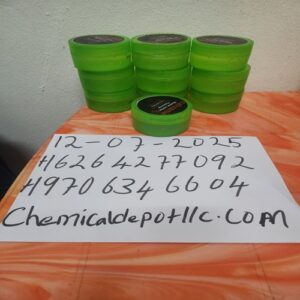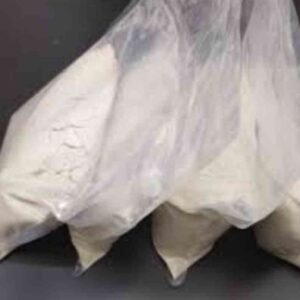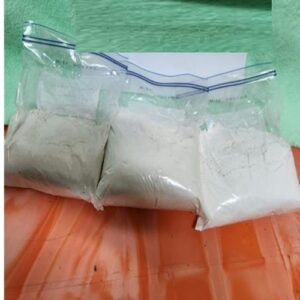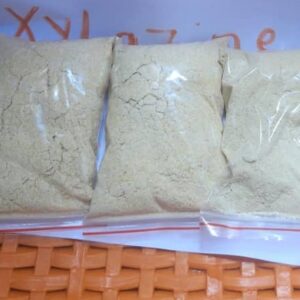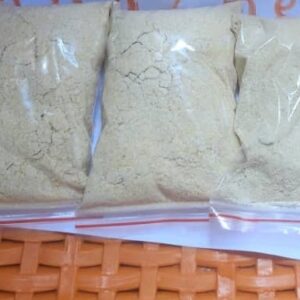buy Activation Powder SSD Chemical Solution
Safely cleaning dirty banknotes:
A cautious approach It’s natural to want to clean dirty banknotes, especially with concerns about germs and hygiene. However, it’s crucial to process with caution as improper cleaning can damage the currency and potentially decrease its value, particularly for collectible notes.
For general cleaning and disinfection
For lightly soil or germ-conscious notes, some sources suggest using a gentle approach with household materials.
Mild Soap and Water: According to wiki How, wet a sponge with water and a tiny bit of mild soap, gently wipe both sides of the bill, rinse with clean water, and then allow it to air dry on a flat surface, flipping periodically.
Washing Machine (with caution):
For very dirty bills, some sources suggest placing them in a lingerie bag and washing them in cold water on a gentle cycle with a small amount of detergent, says wikiHow. However, this method carries a risk of damage, and hand-washing is generally considerer safer.
UV-C Light Sanitizer: For sanitizing, a UV-C light sanitizer can be use after cleaning to kill remaining germs and bacteria.
Important Considerations:
Avoid harsh chemicals: Using abrasive cleaners or strong solvents can damage the paper and the security features of the banknote.
Handle with care: Wet paper bills are more prone to tearing, so handle them gently.
Air-drying is best:
Never use a dryer or other heat sources to dry paper currency, as it can cause damage.
Professional banknote cleaning
Governments and institutions like central banks use advanced methods to clean large quantities of banknotes.
Supercritical CO2 Cleaning: This method uses supercritical carbon dioxide (CO2) to remove oils, sweat, dirt, and even bacteria from banknotes without harming the security features. This specialize process extends the lifespan of banknotes and reduces the cost of producing new currency.
Dealing with heavily soiled or potentially stolen money
Bank exchange:
If you have banknotes that are heavily soil, damaged, or possibly stained with dye (suggesting they might be link to a robbery), it’s best to take them to a bank. Banks can verify and exchange genuine currency, and will handle contaminated or suspected stolen money appropriately.
Do not attempt to clean dye-stained notes: Dye used in security packs after a bank robbery is designed to be permanent and attempting to remove it can be difficult, potentially illegal, and may damage the notes further.
In summary, for routine cleaning of banknotes, a gentle approach with mild soap and water followed by air-drying is often sufficient. For more advanced cleaning or if you have concerns about the condition of the notes, consulting a bank or a professional conservator is recommended.
Showing the single result
-
BUY ACTIVATION POWDER SSD CHEMICAL SOLUTION
Uncategorized Price range: $1,000.00 through $4,500.00Clear250g500g1kg2kg

